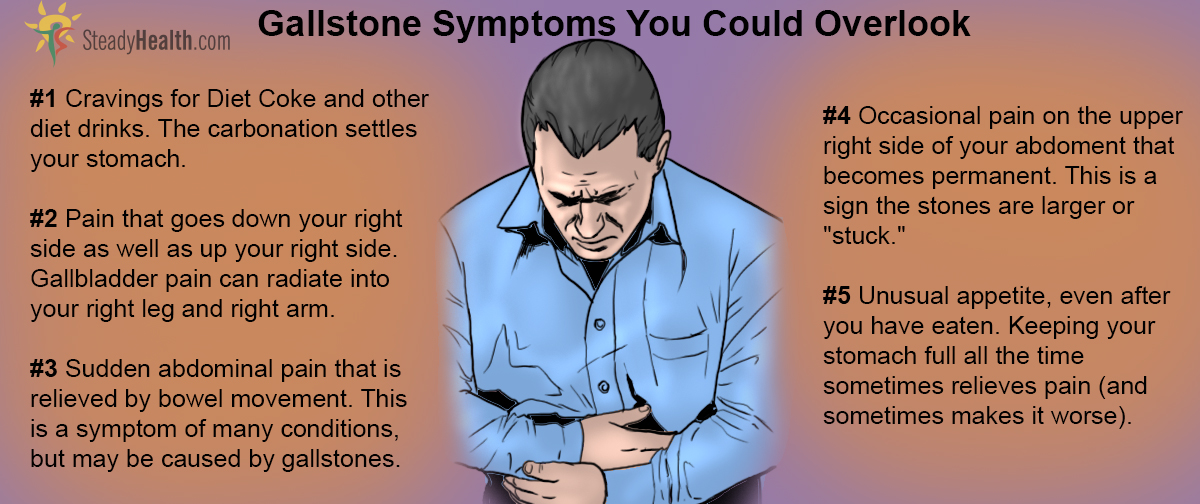Table of Contents
Have you just been told that you need gallbladder removal surgery, or has someone you care about? While you may have questions about the condition that caused the need for a cholecystectomy in the first place, and about the surgery itself, how you handle your gallbladder removal recovery period is of prime importance. Here's what to expect after gallbladder removal surgery.

What Is The Gallbladder, And Why Do Some People Have To Have It Removed?
The gallbladder is a small, pear-shaped organ located on the right side of the abdomen, under the liver. Its main function is to store and concentrate bile, an enzyme produced by the liver. The gallbladder remains a "storage space" until the hormone cholecystokinin triggers it to start releasing bile into the small intestine, where it gets through the common bile duct. This happens when you eat fatty foods, which bile helps break down. In short, the gallbladder helps maintain a smooth and comfortable digestive process.
When your gallbladder functions well, you won't give it a second thought. Unfortunately, a number of things can go wrong with the gallbladder:
- Gallstones, the most common affliction of the gallbladder, form as the result of an overload of bilirubin or cholesterol. Most don't cause symptoms and are simply moved along the biliary system after which they'll never be heard from again, but some grow big and cause excruciating pain in the upper right quadrant. While medications and lithotripsy, a procedure to break down gallstones, can serve as treatment, patients with recurrent gallstones may be advised to undergo a cholecystectomy, the removal of the gallbladder.
- Cholecystitis is an inflammation of the gallbladder, caused by gallstones (biliary colic), or blockages caused by tumors or scarring of the bile duct.
- Cholesterolosis of the gallbladder, also called "strawberry gallbladder", is a condition where the gallbladder's lining is altered as the result of excess cholesterol.
- Gallbladder poylps, which are often asymptomatic.
- Should you have risk factors for gallbladder cancer, such as a "porcelain gallbladder" (calcium deposits in its wall), gallbladder removal will also be recommended. Gallbladder cancer itself is rare, but treatment likewise includes a cholecystectomy where possible.
READ What To Expect When You Have Your Gallbladder Taken Out
Gallbladder Removal Surgery
Should your gallbladder problems repeatedly cause you pain or you are at risk for (or already have) gallbladder cancer, your treating doctor will recommend that you have your gallbladder removed. A cholecystectomy, or removal of the gallbladder, is most often carried out laparoscopically these days. During a laparoscopic cholecystectomy, four small incisions are made, through which a camera and surgical tools are inserted. In an open cholecystectomy, the more traditional surgical technique, a larger incision is made to remove the gallbladder.
It's very common to be able to go home on the day of the surgery. That in itself doesn't mean that your life will not change after gallbladder removal surgery, however — while humans can live without one, they do need to adhere to strict lifestyle changes after undergoing a cholecystectomy.
- Mind map by SteadyHealth.com
- Photo courtesy of TheGirlsNY via Flickr: www.flickr.com/photos/thegirlsny/7457812958


Your thoughts on this